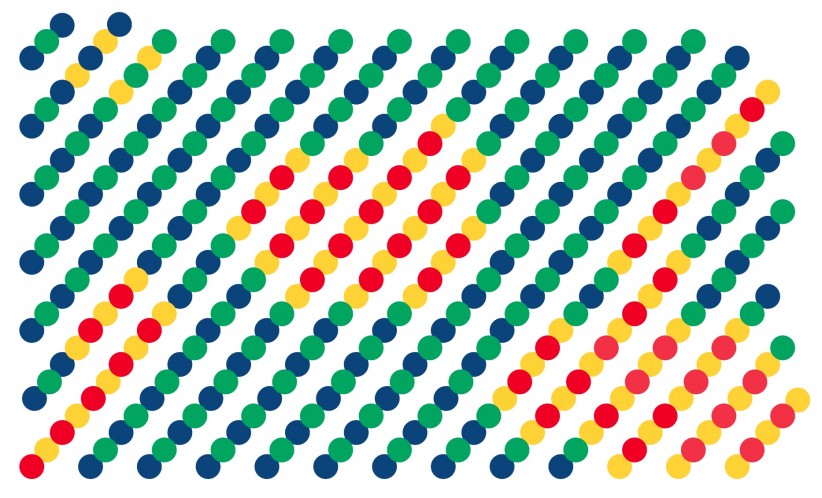Keeping Current: Virtual Virus Mapping
Engineering professor Hui Yang is using data analytics and Artificial Intelligence to better understand how COVID-19 spreads.

Engineering professor Hui Yang is using data analytics and Artificial Intelligence to better understand how COVID-19 spreads.
